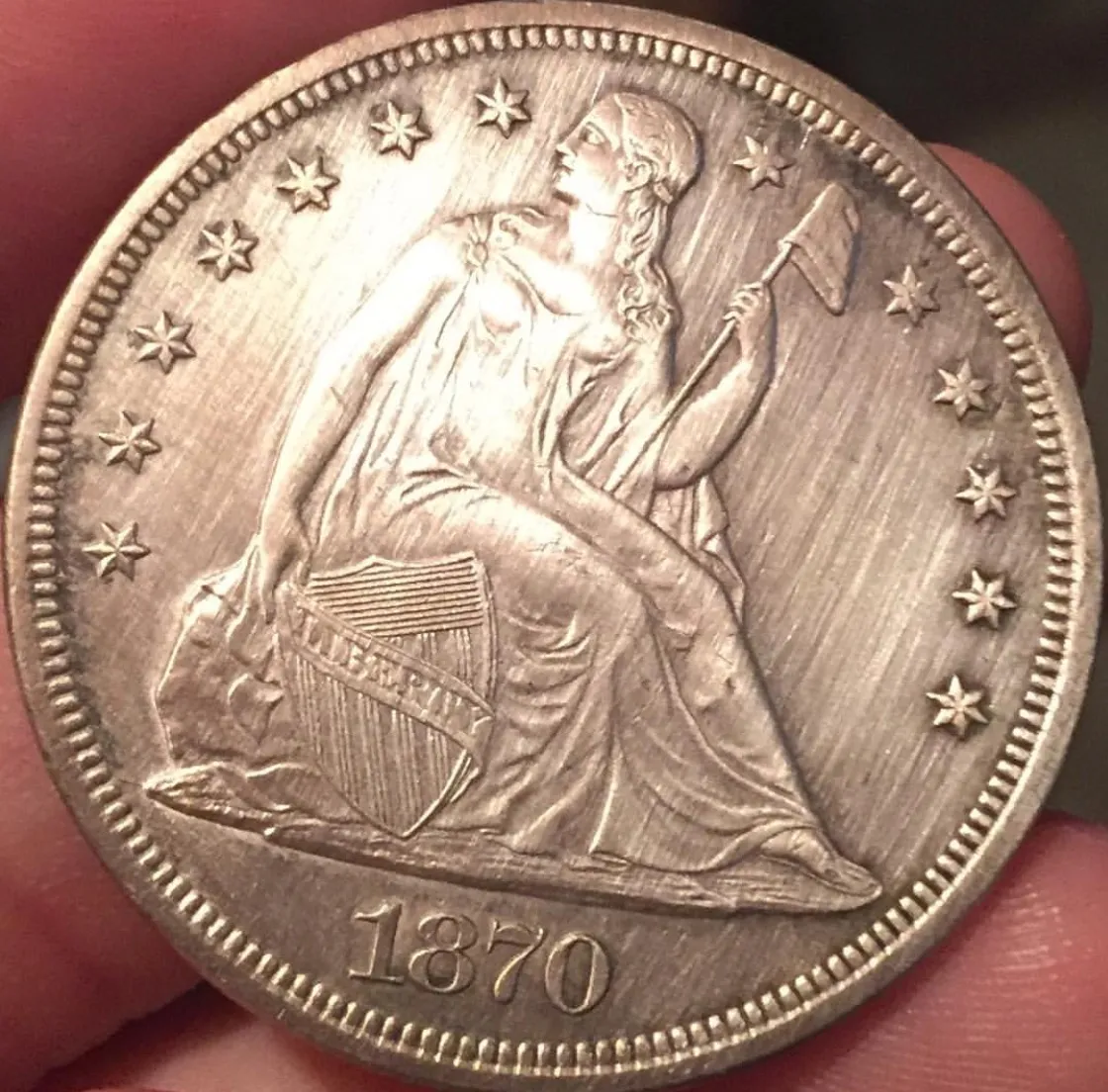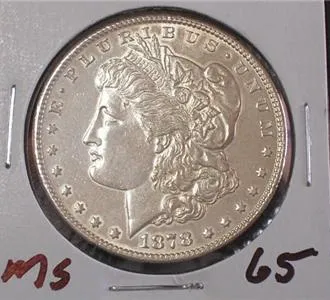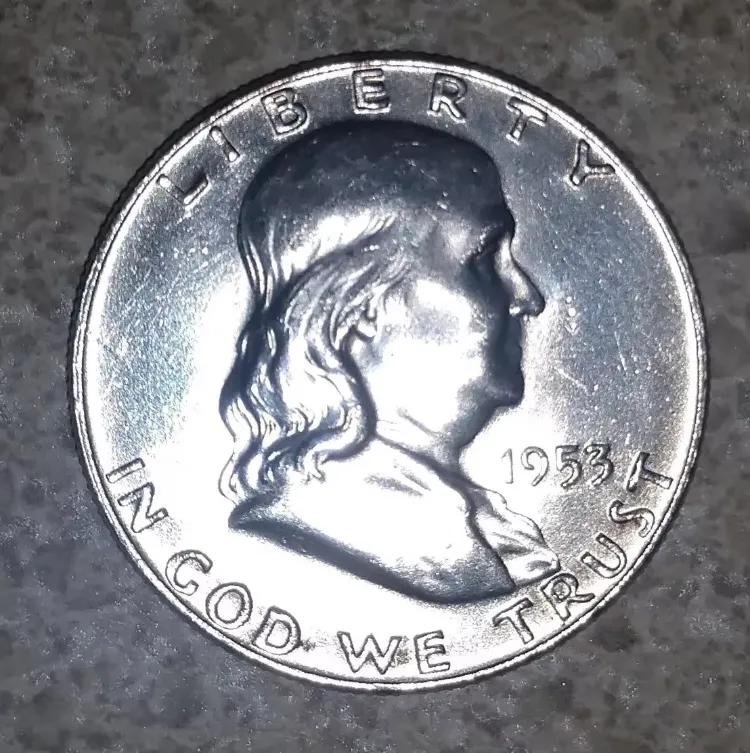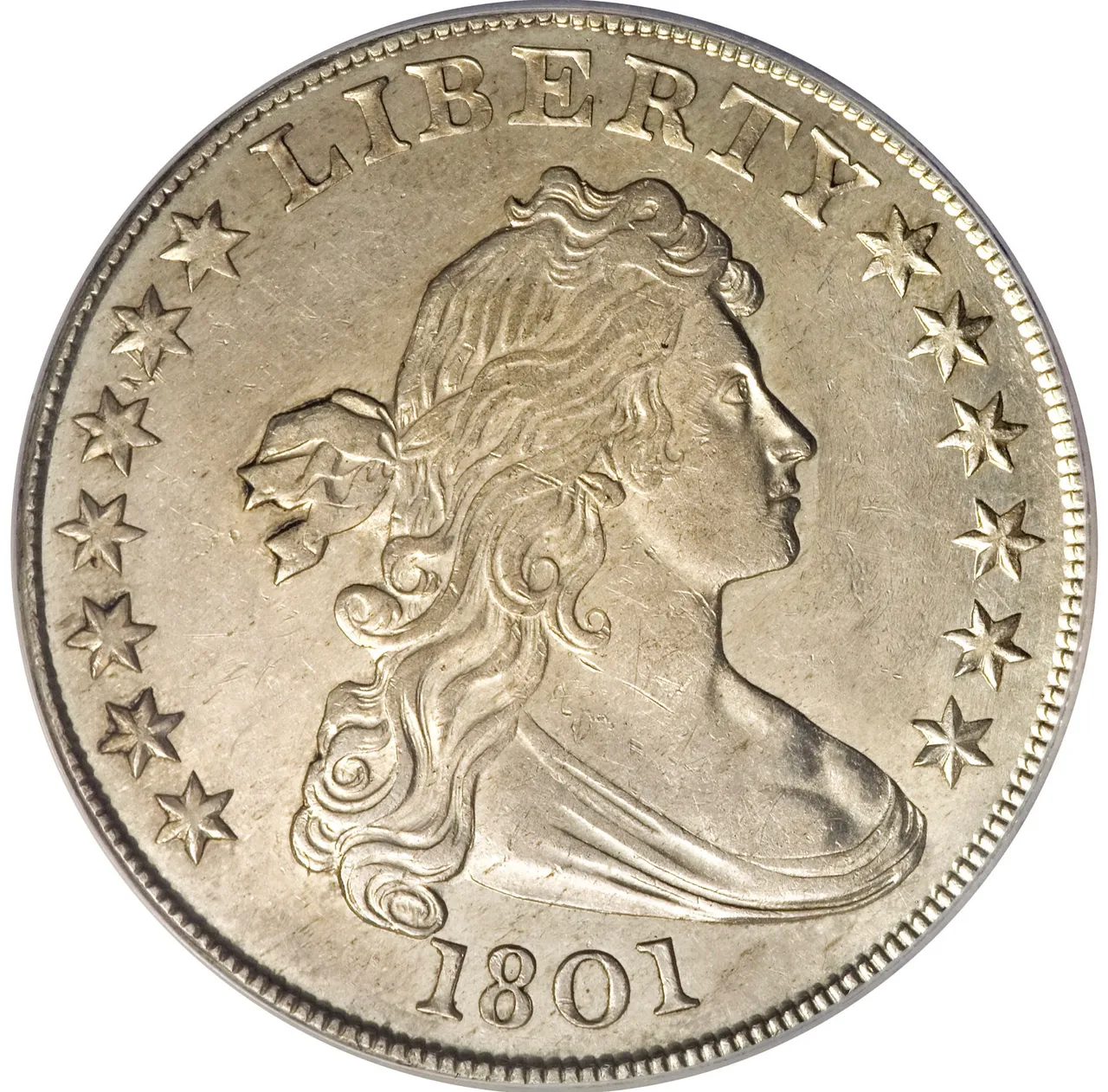Afternoon everyone....
Last week I did an introductory post about cleaned coins. Well today I’m going to continue on that subject with a little more detail.
There are many ways to clean coins. Let’s start with a fairly obvious easy to spot cleaned coin.
I’d like to start by stating that I do not own any of these coins, the pictures used were pulled from Google photos.
While I don’t know exactly what this person used to clean this coin since I was not there when it was done. It was obviously done with something abrasive. It could have been a wire brush it’s so bad (from the consistent stoke marks that’s my guess). But it also could have been a paste style silver polish which has pumice in it. Either way this coin was destroyed, and done by an absolute amateur.

I am am going to show you two different versions of dipped coins now. Back in the day dipping was a fairly common practice by shady dealers looking to make an extra buck. While the one version does not totally destroy the overall eye appeal of the coin, it does remove the original mint luster from it.
There are many variations of dipping, but there are two main concepts.
The first is is done with a specific dilution of baking soda and distilled water. This is the version that was common back in the day. As I stated above it does not totally destroy the coin but it does destroy the numismatic value of the coin. Which will not allow it to ever be given a grade by PCGS or NGC. They will send it back slabbed as “Improperly Cleaned”.
Here is an example....

This is clearly a very unreputable dealer.
The second way is done with a solution of vinegar. I’ve even personally seen people use ketchup for this way. Yes I did say ketchup. This way puts a very shiny look on the coin which totally destroys all of the original integrity of the coin. Grading companies will not slab these coins and will return them back.
These coins have a uniform shine to them, which no true mint produced coin will ever have.
Here is a good example.....

Notice the uniformity of the shine, no shadows, no different hues of color, no frostiness.
Now for the final way that I will share with you today. There are several different companies that make coin cleaners. I will not share any names or brands with you because none of them are approved by the ANA (American Numismatic Association). So they cannot be used without consequences.
This is the most deceiving way of coin altering and without a trained eye are very hard to spot with the naked eye. Even with a loop they can be difficult. In photos buying on line is pretty close to impossible to spot without extremely well taken pictures and a large screen with good definition to view them on.
While I am not trying to scare anyone, I don’t want anyone to get taken advantage of. I have bought several cleaned coins in my day that I didn’t think were cleaned.
This is an example of a coin that has been cleaned with a pre mixed name brand coin cleaner. The tell tale sign of it being cleaned are: if you look around all the stars on the coin and around the date on the coin. You will see they are still very dark.
The reason for that is the coin cannot be left in the solution for more then a few seconds without compromising it. So the deep crevices of the coin will not get clean because of this. So while the entire rest of the coin looks great those dark nooks and crannies known as shadows are the tell of a coin that has been cleaned by a over the counter coin cleaner.
Here is the example....

This is by far the least damaging way of cleaning coins. I even know of a couple examples of these coins that have actually gotten graded by both PCGS & NGC. So not even the most trained eyes can pick up everything.
